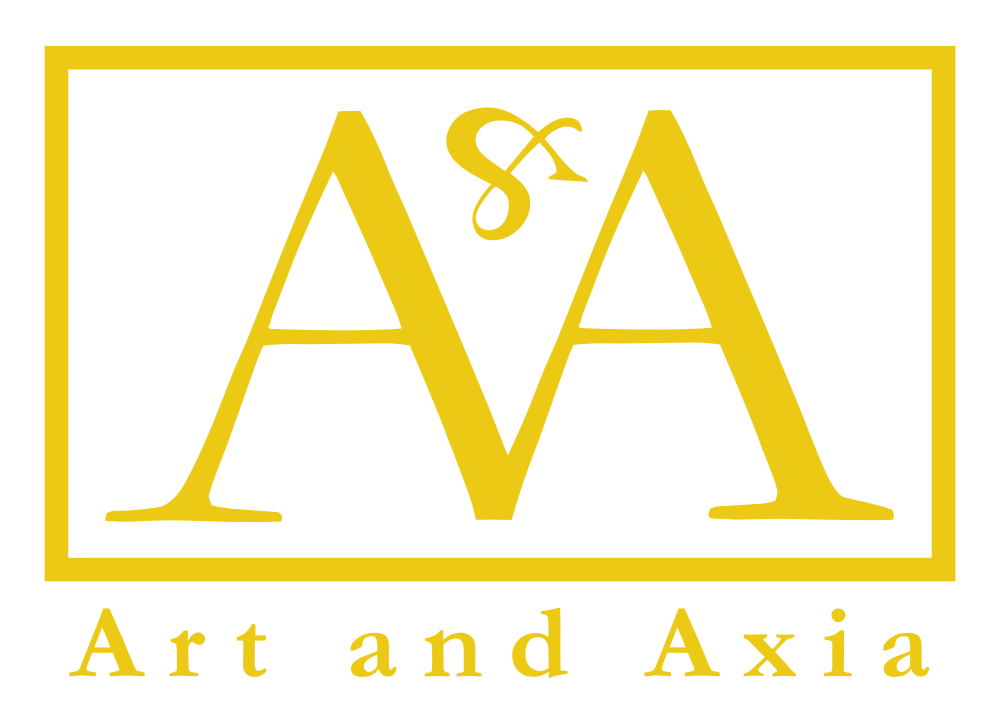Family Offices & Private Clients
“A well-managed Art Collection greatly increases in economical and sentimental value over time, providing an investment legacy that lives on to benefit your organisation and your family’s future generations”.
Managing your Current Collection:
Protecting Your Collection: Implement security measures to safeguard artworks.
Determining Real Market Value: Regularly assess the current market value of each piece.
Identifying Collection Gaps and Weaknesses: Analyze the collection to identify areas for improvement.
Implementing Specialist Management Software: Utilize software for active inventory management.
Building an Art Reference Library: Create a comprehensive reference resource.
Setting Up Updated Insurance: Ensure adequate insurance coverage for artworks.
Preparing your Future Collection:
Personal Legacy Planning: Explore options like private foundations, trusts, or museums.
Estate Planning: Plan for the eventual inheritance or transfer of the collection.
Managing Gifts and Donations: Handle gifts to individuals, museums, or government entities.
Implementing Blockchain Resources: Explore innovative technology for provenance and security.
Building the Collection's Reputation:
Loan Policy: Develop a policy for lending artworks to exhibitions and museums. Create a cashflow from an ‘illiquid’ asset.
Risk Mitigation: Avoid transaction risks in sales and acquisitions.
Enhancing Collection Strength: Continuously improve the quality and diversity of the collection.
Developing Strategic Objectives:
Family Office Integration: Align art collection strategies with family office goals.
Specific Art Collection Objectives: Define unique objectives for each art collection within the family office.
Generating Yield: Make your collection active.
Meet Business and Project Objectives:
Facilitating successful project implementation: Ensure clear goals, effective communication, resource allocation, and regular monitoring.
Securing documents: Identify, organize, and store necessary documentation securely and efficiently.
Managing stakeholder requirements: Understand, prioritize, and address stakeholder needs through regular communication and transparency.
Collaborating with internal departments: Foster cross-departmental cooperation, align project objectives with departmental goals, and ensure compliance with relevant regulations (e.g., finance, legal, taxes, market analysts).
Providing Education:
Arranging Museum and Art Fair Visits: Organize bespoke visits to enhance cultural awareness.
Aesthetic and Cultural Development: Encourage a deeper understanding of art and culture.
Art Market Education: Educate stakeholders on prudent spending in the art market.
Attending Art Seminars and Conferences: Promote ongoing knowledge development in the field.
Fun and Didactic Approach: Ensure educational activities are engaging and enjoyable.
Maintaining Collection Conditions:
Managing Restorations: Oversee restoration efforts as needed.
Suitable Framing: Ensure artworks are properly framed.
Security Standards: Maintain high security standards for artworks.
Logistics Coordination: Organize movements of artworks outside the collection properties.
Identifying and Liaising with Service Providers:
Selecting Art Experts: Choose experts for assessments and valuations.
Coordinating with Professionals: Work with framers, restorers, laboratories, and others.
Comprehensive Service: Ensure a "Nail-to-Nail" approach to art management.








